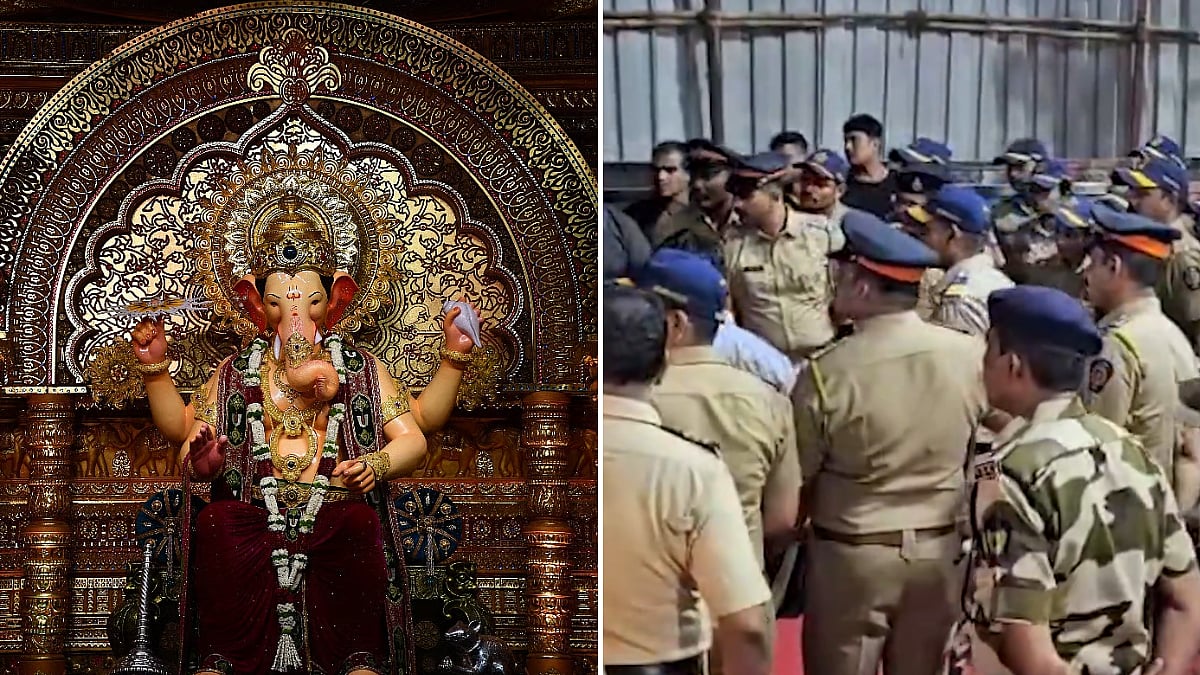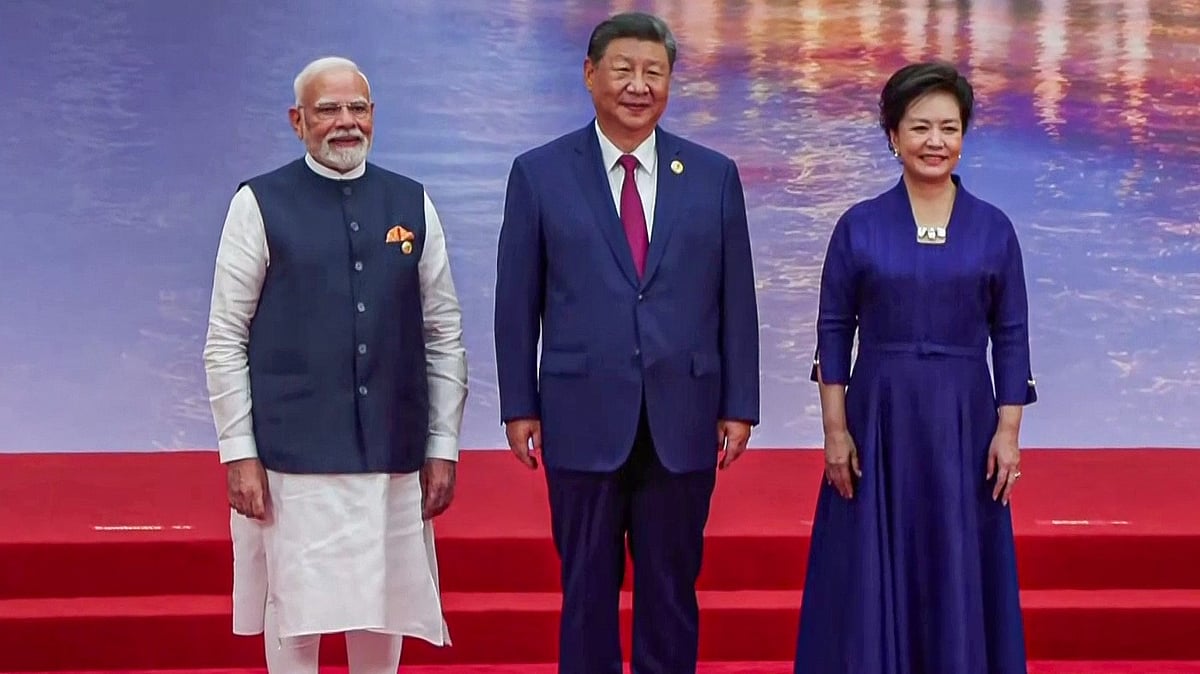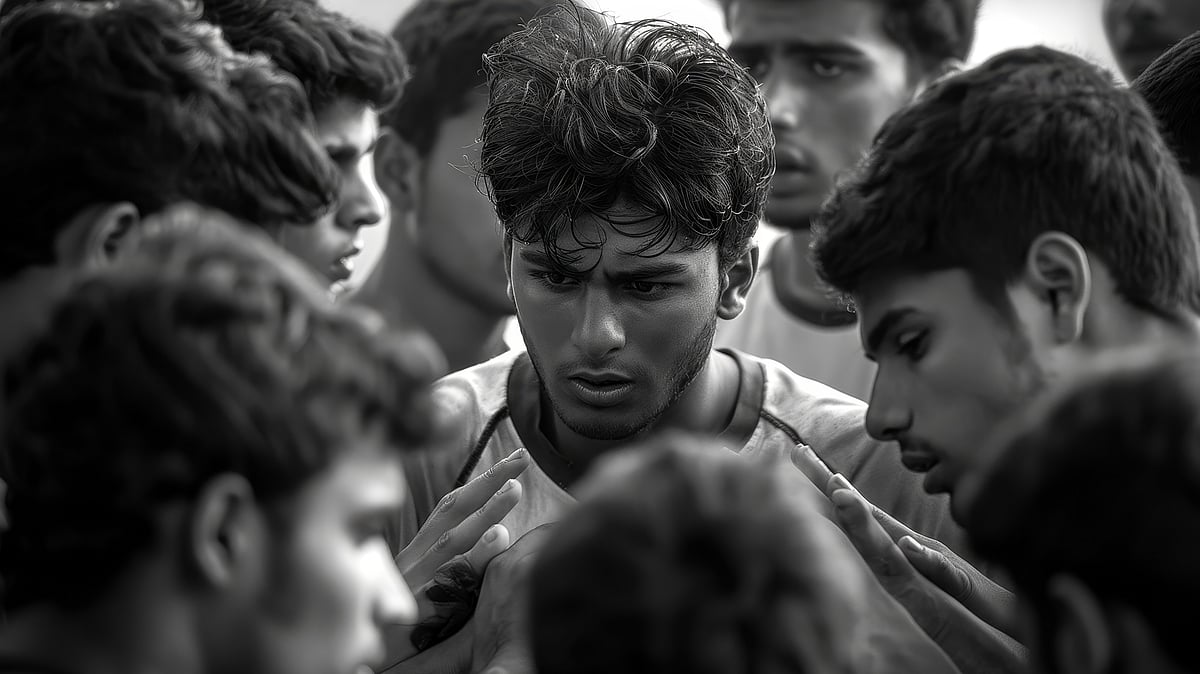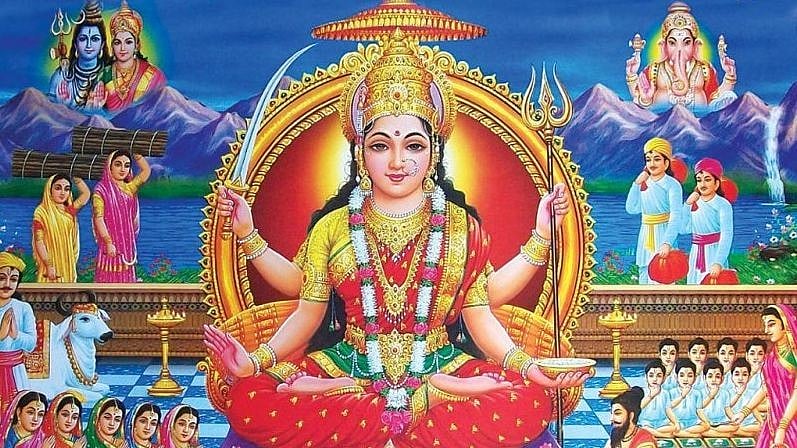Do animals have a fundamental “right to life”? The question sums up the ethical, environmental, philosophical and legal issues raised by the killing of a pregnant wild elephant in Kerala with explosives hidden in fruit. While animal lovers across India are outraged, the incident is not an isolated one. The “jaw exploder” device concealed in foodstuffs is the leading cause of elephant deaths in Sri Lanka and is used in India against wild boars and sloth bears.
The Uttarakhand High Court upheld animals' “right to life” in a 2018 order which declared the entire animal kingdom as a legal entity, rather than a chunk of property. As a jurisitic person, animals can be represented by a custodian. The same logic was deployed in the Ram Janambhoomi case, where the idol of Ram Lalla was represented in court by a “friend”. Earlier, the Uttarakhand High Court had held that rivers, too, were juristic persons (the order was stayed by the Supreme Court).
The order also dubbed all citizens of Uttarakhand as “persons in loco parentis”, thereby holding them responsible for the protection and welfare of animals. The following year, the Punjab and Haryana High Court also ruled that animals were legal entities and citizens of the state were in loco parentis. In so ruling, the courts relied on a 2014 Supreme Court order which held that Article 21 of the Constitution applied to “all forms of life, including animal life”.
If these orders sound absurd, we have only to recall that not too long ago, humans were property. No moral, legal or religious opprobrium attached to owning slaves, who were not regarded as juristic persons. “Human rights” became race- and gender-neutral fairly recently in our history.
For the moment, human rights are confined to a single species (us), thus enabling flagrant abuse of animals. Few of us have escaped the sight of chickens destined for slaughter packed tightly into wire cages or emaciated horses pulling heavy loads. Starved and dehydrated animals are routinely slaughtered in “wet markets” across the world (where epidemics such as COVID-19 have originated).
Celebrated author and historian Yuval Noah Harari terms humanity's inhumane treatment of other species as “the worst crime in history”. The march of human progress, he says, “is strewn with dead animals”. In our attitude to the animal kingdom, Harari observes, there are two key scientific questions: can animals suffer at all, and do animals suffer in practice?
The majority of us do not believe that animals are sentient and thus, continue to enjoy, guilt-free, the produce of industrial farms. However, there is increasing evidence that many animals, notably elephants with their big brains, have some level of sentience and are therefore capable of self-awareness, empathy, grief and suffering. The jury is still out but the evidence is piling up and strengthening the position of animal rights activists like Harari.
Coming back to the judicial orders, the “eco-centric” perspective of the courts was partly based on moral and philosophical considerations and partly on the pragmatic view that human life depends on animal life. For example, the disappearance of honey bees and other pollinators will put paid to global agriculture. Likewise, if all the krill die, so would the marine species which sustain about a tenth of the world's human population.
The recognition of animals as legal entities was prompted by public interest litigations relating to transportation and abandonment of cattle and horses but applies to the animal kingdom as a whole. This has come as a shot in the arm for wildlife and animal activists who are struggling to ensure a fair shake for all species.
On the other hand, these rulings do not take into account the threat to human health and well-being posed by certain species, such as feral monkeys and dogs, disease-carrying pigeons, leopards, crop-destroying nilgai and stray cattle. From time to time, state governments in India allow culling of certain species, like wild boar, nilgai or monkeys. Animal rights activists have protested, but the counter-argument is that over-population by one species is never a good idea, ecologically speaking.
Extremist stances by animal-lovers have led to social conflict, particularly when children are attacked by feral dogs, not an uncommon occurrence in India. The courts have sought to strike a balance by suggesting humane population control strategies rather than culling.
The horrific incident in Kerala, the everyday brutality of the wet markets and the persecution of urbanised animals underlines the need for implementing animal protection laws. Otherwise, children will grow up normalising cruelty to farm animals, strays and wildlife, instead of cultivating a sense of respect and empathy for “Haathi Mere Saathi”.
The writer is a senior journalist with 35 years of experience in working with major newspapers and magazines. She is now an independent writer and author.










